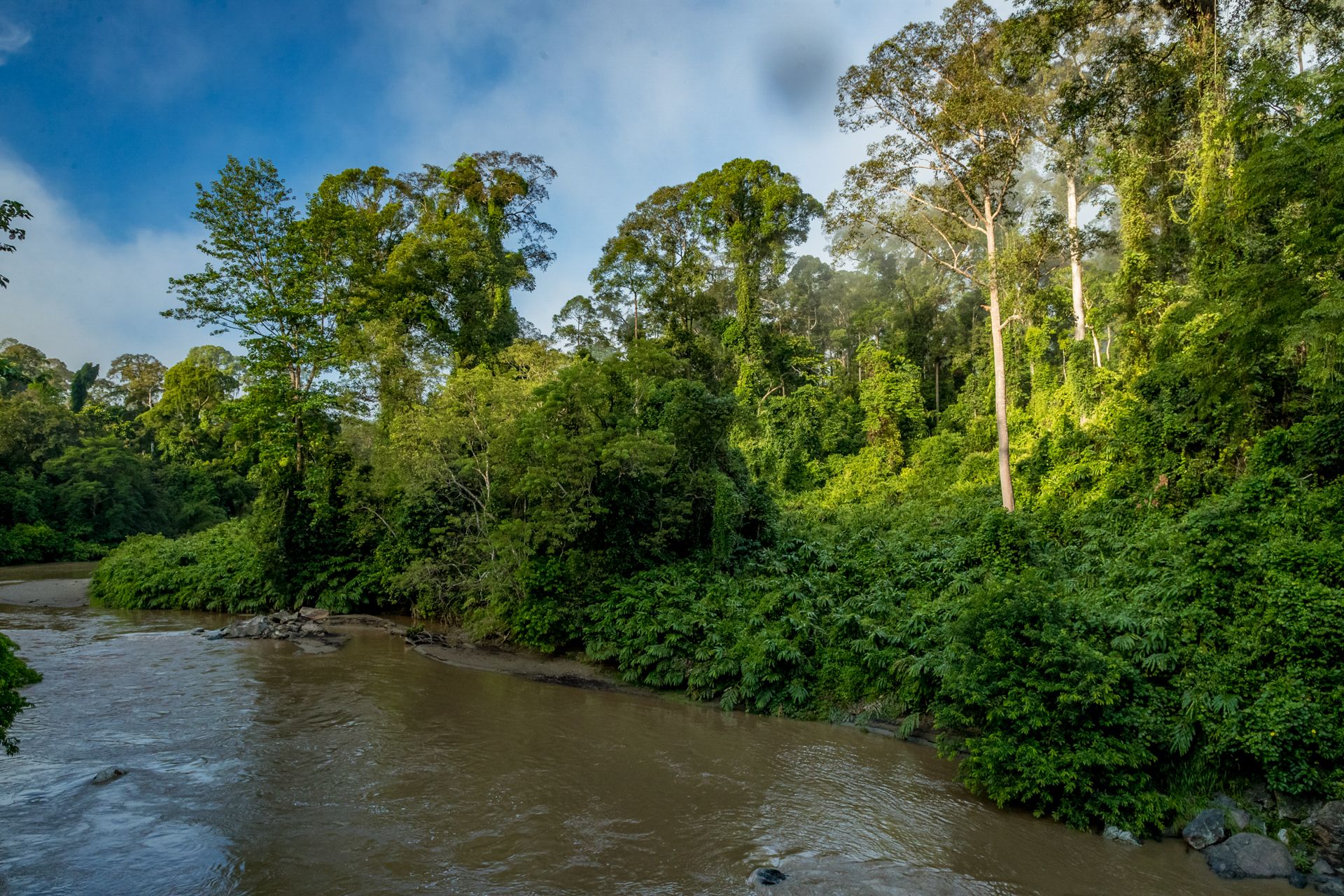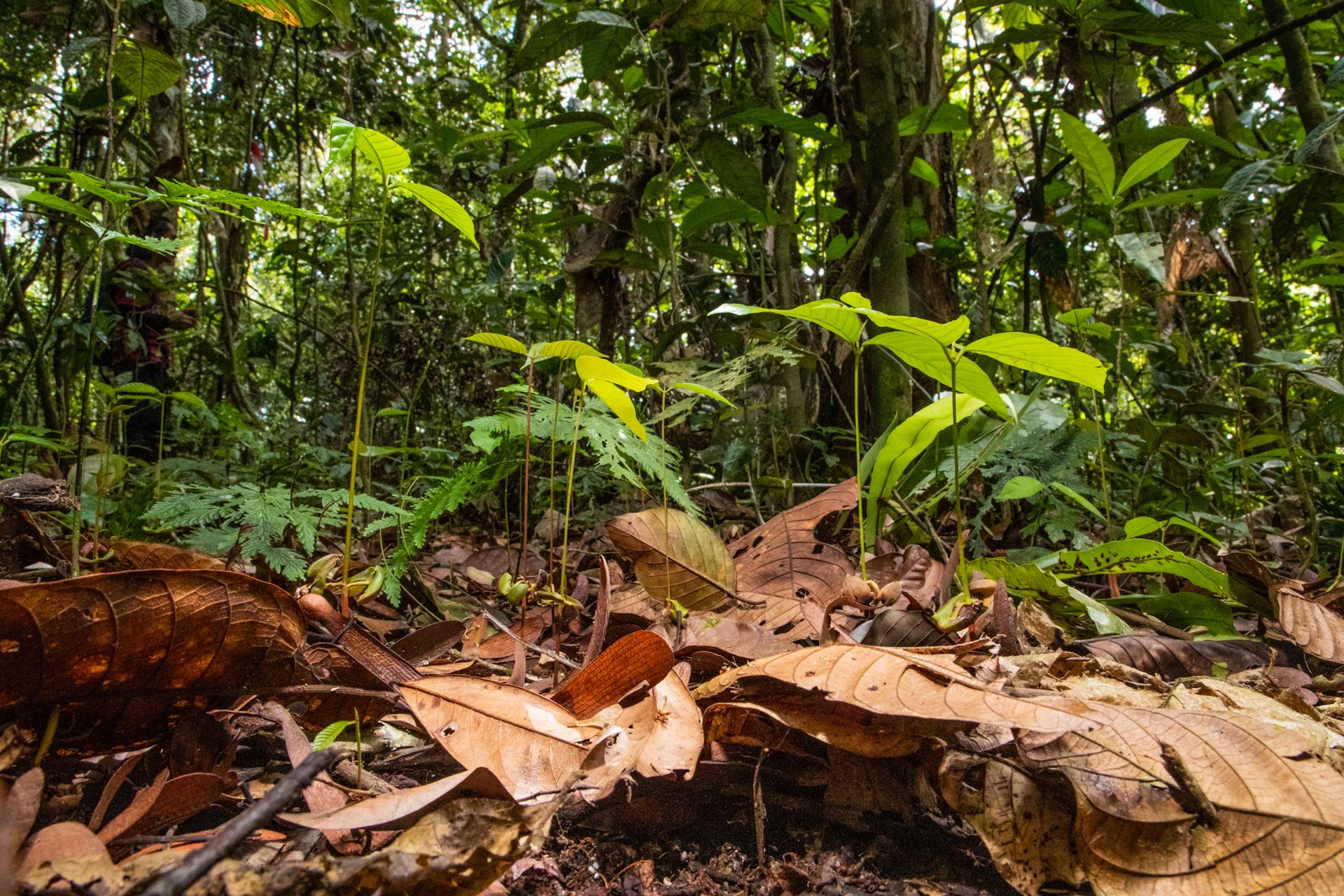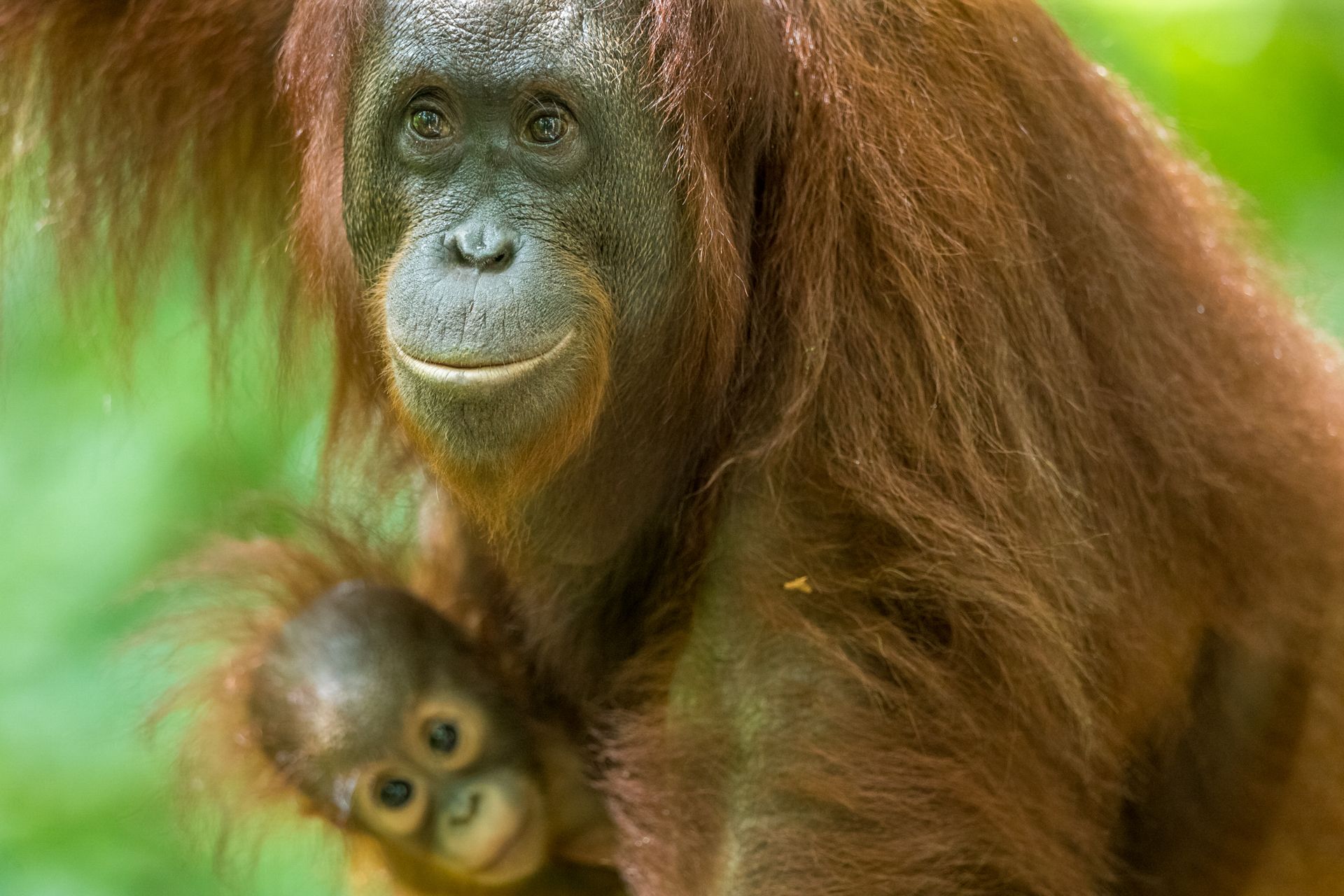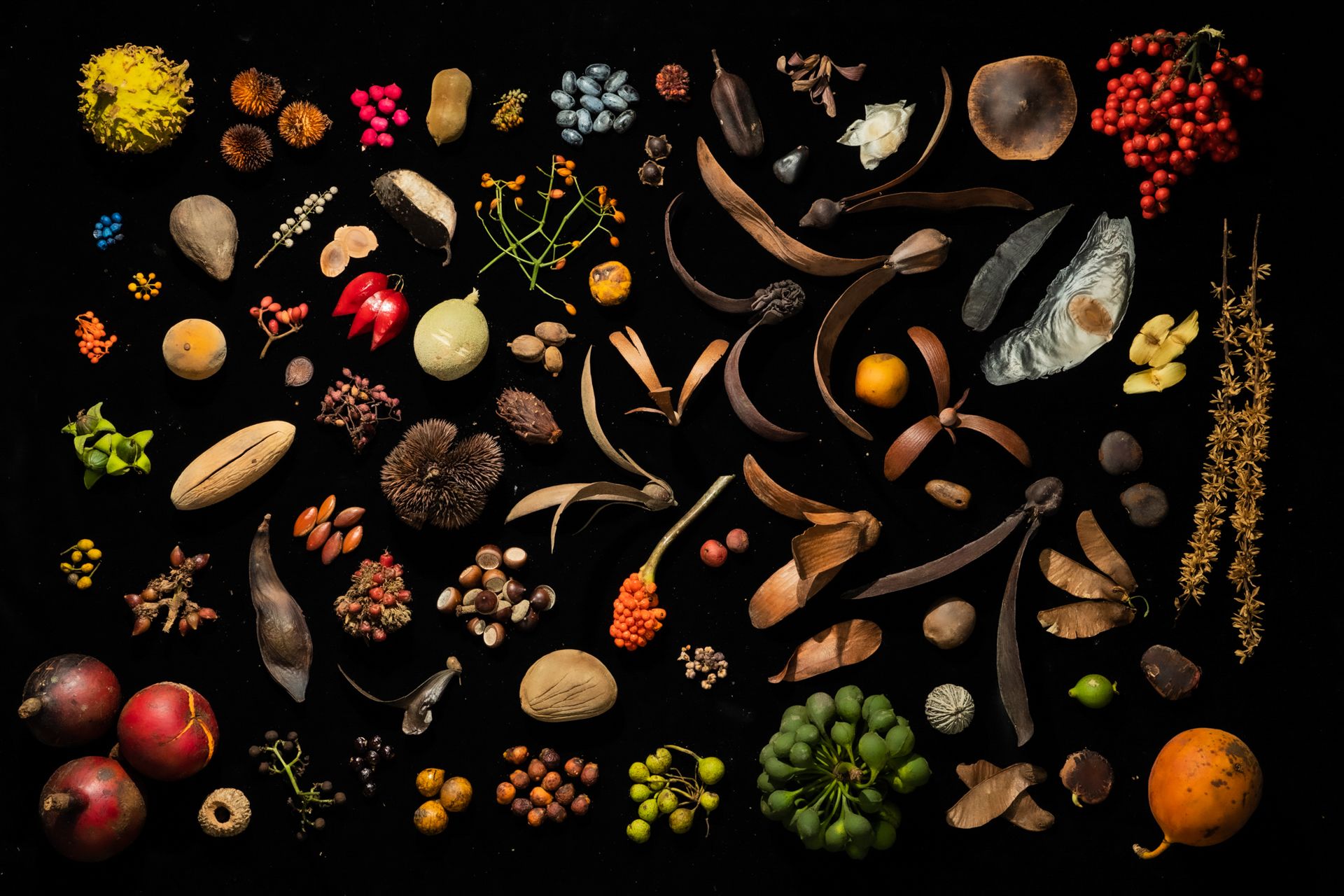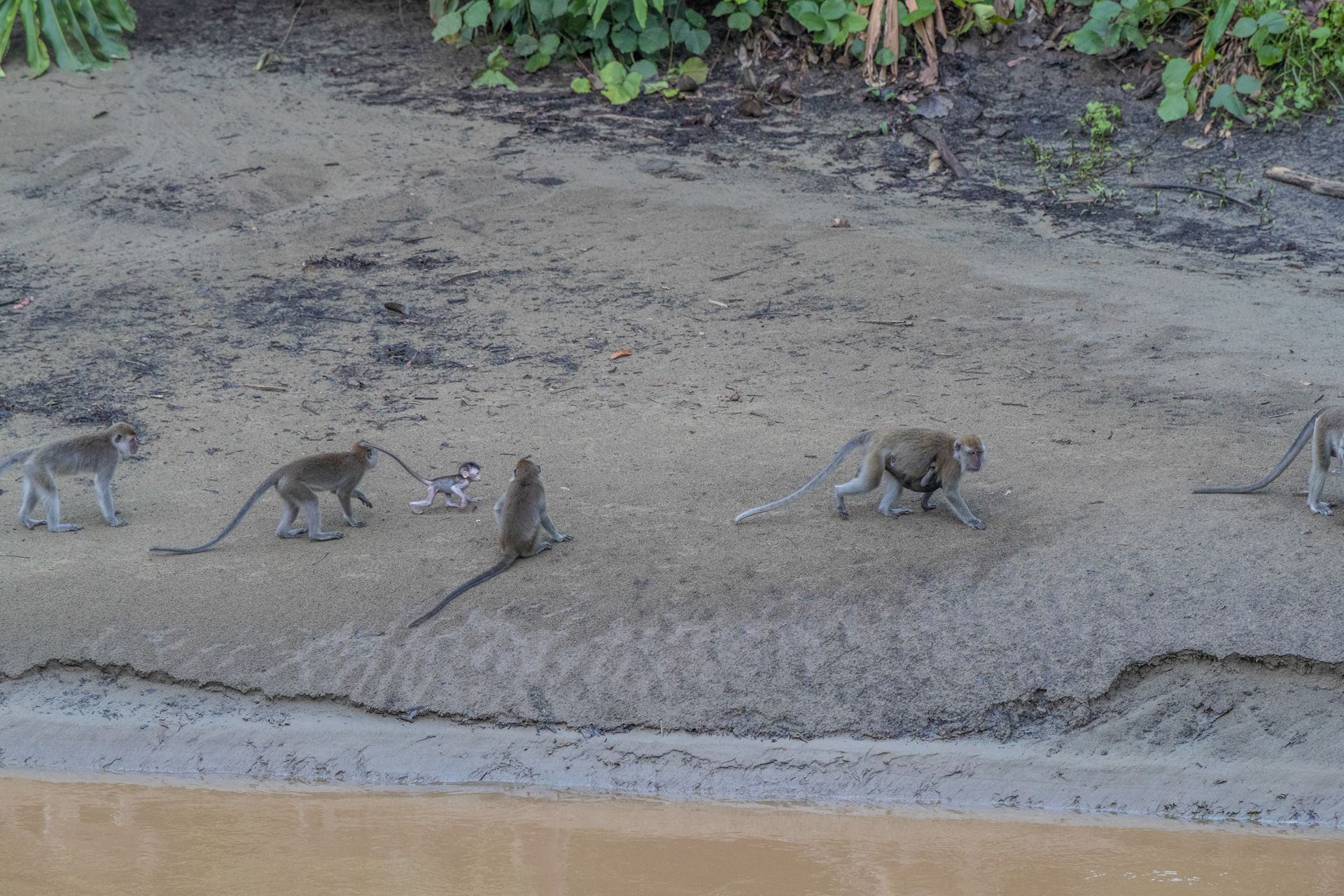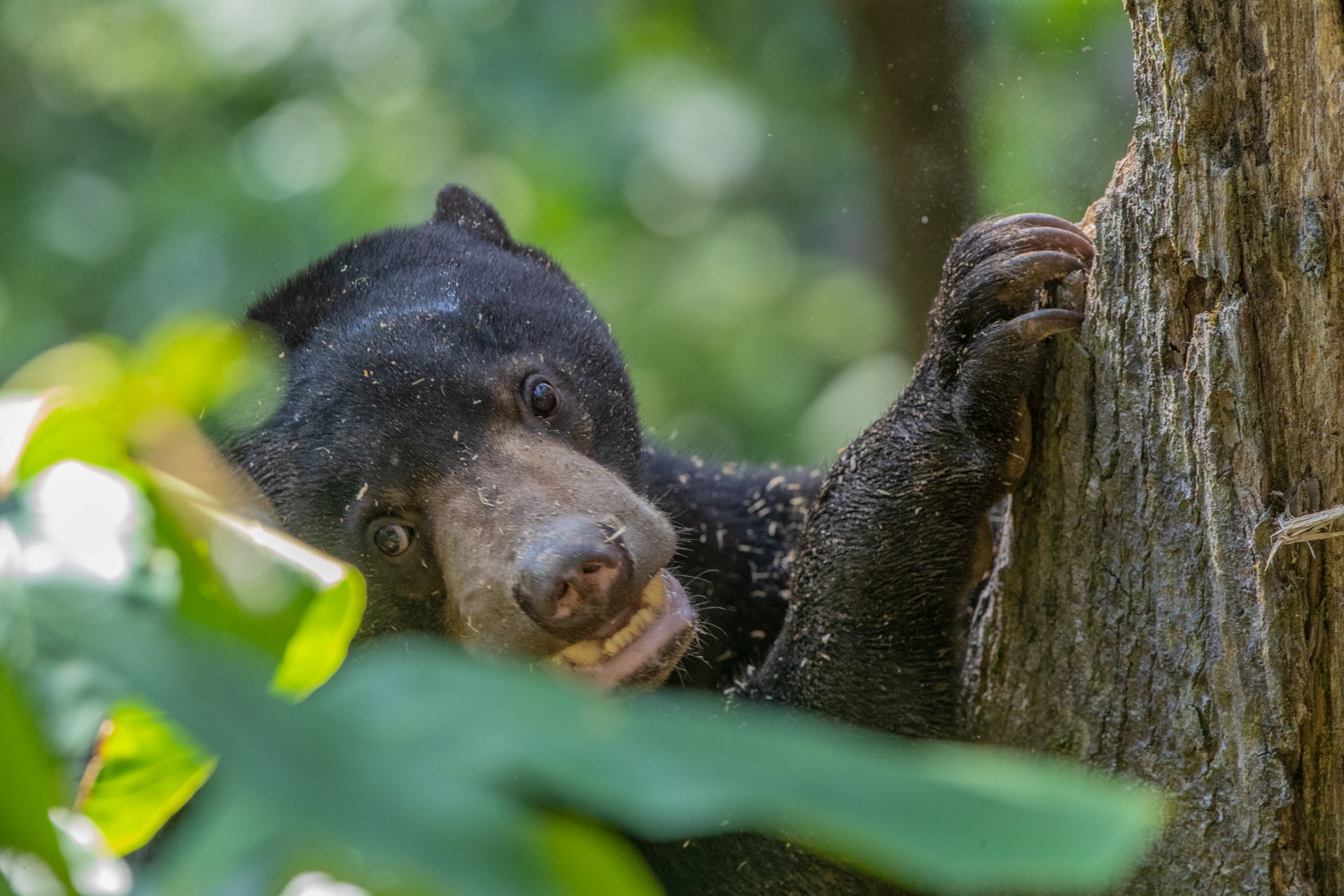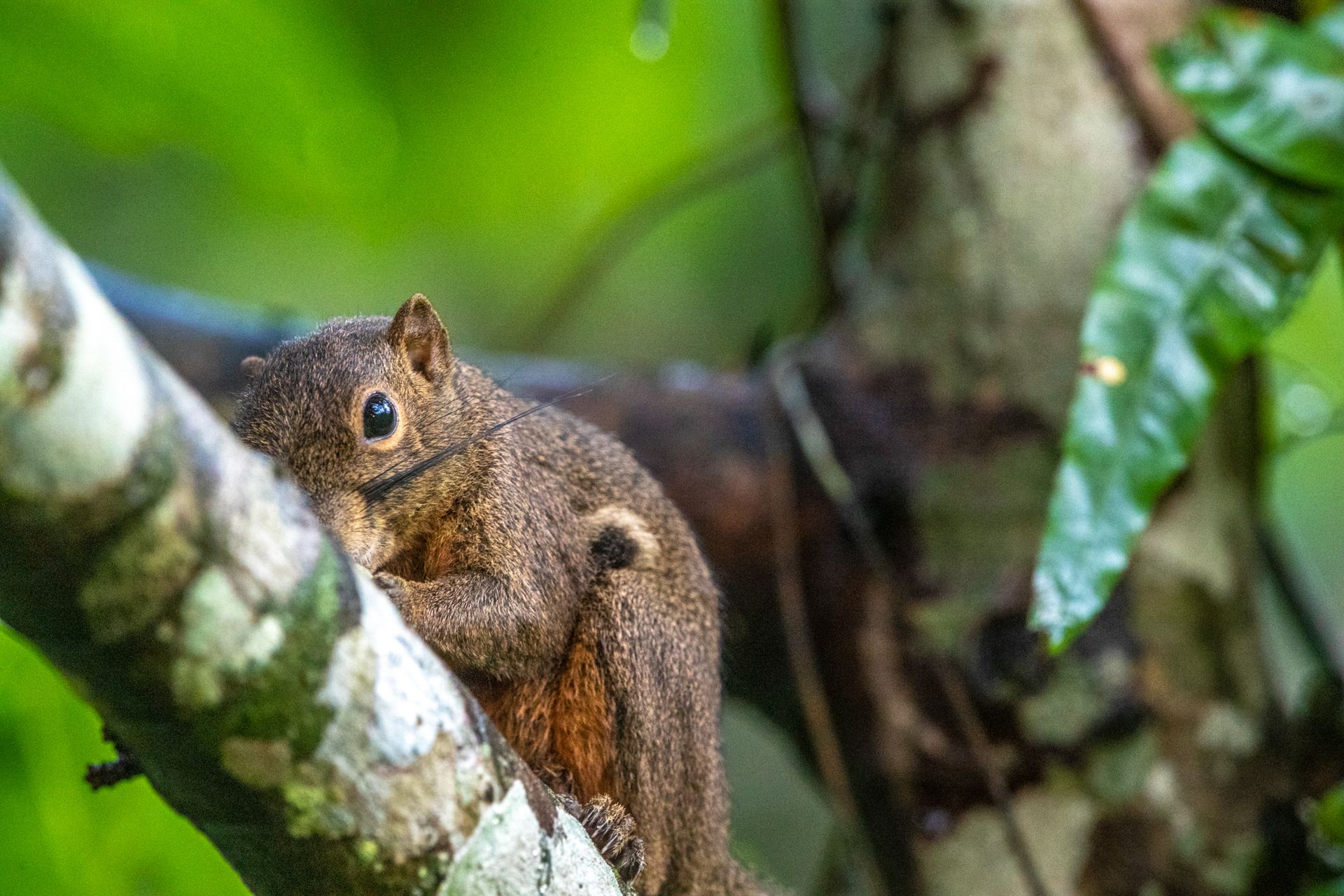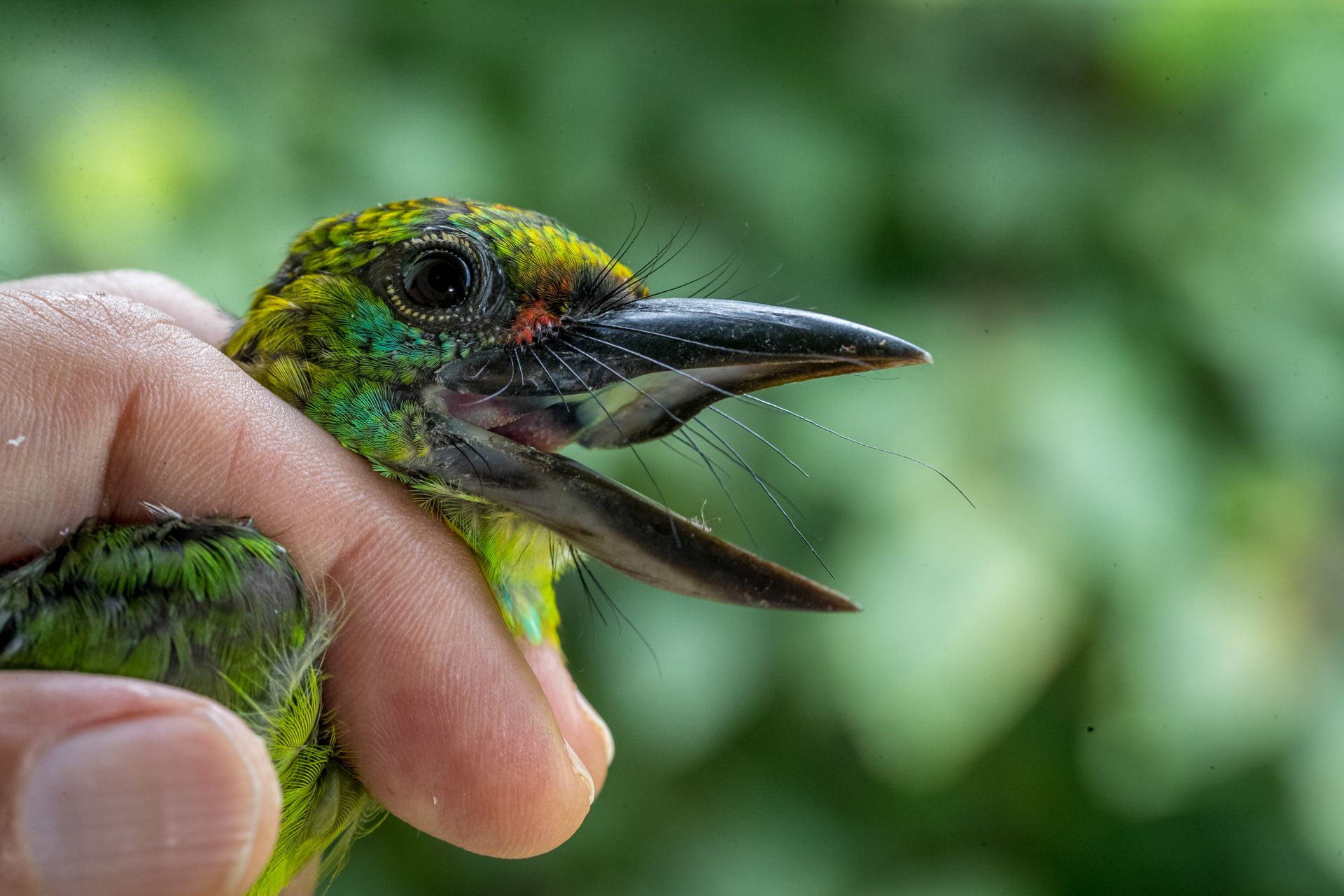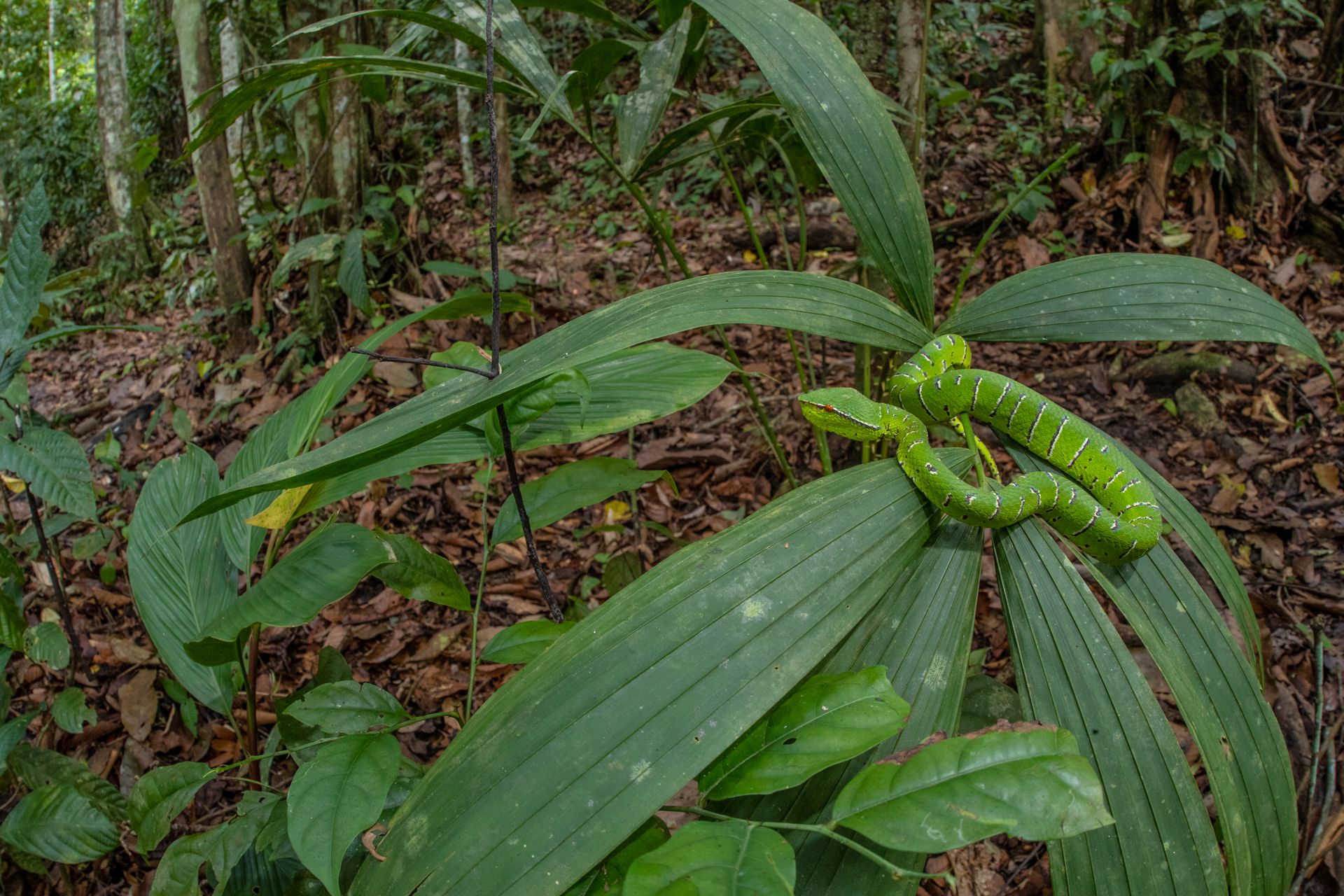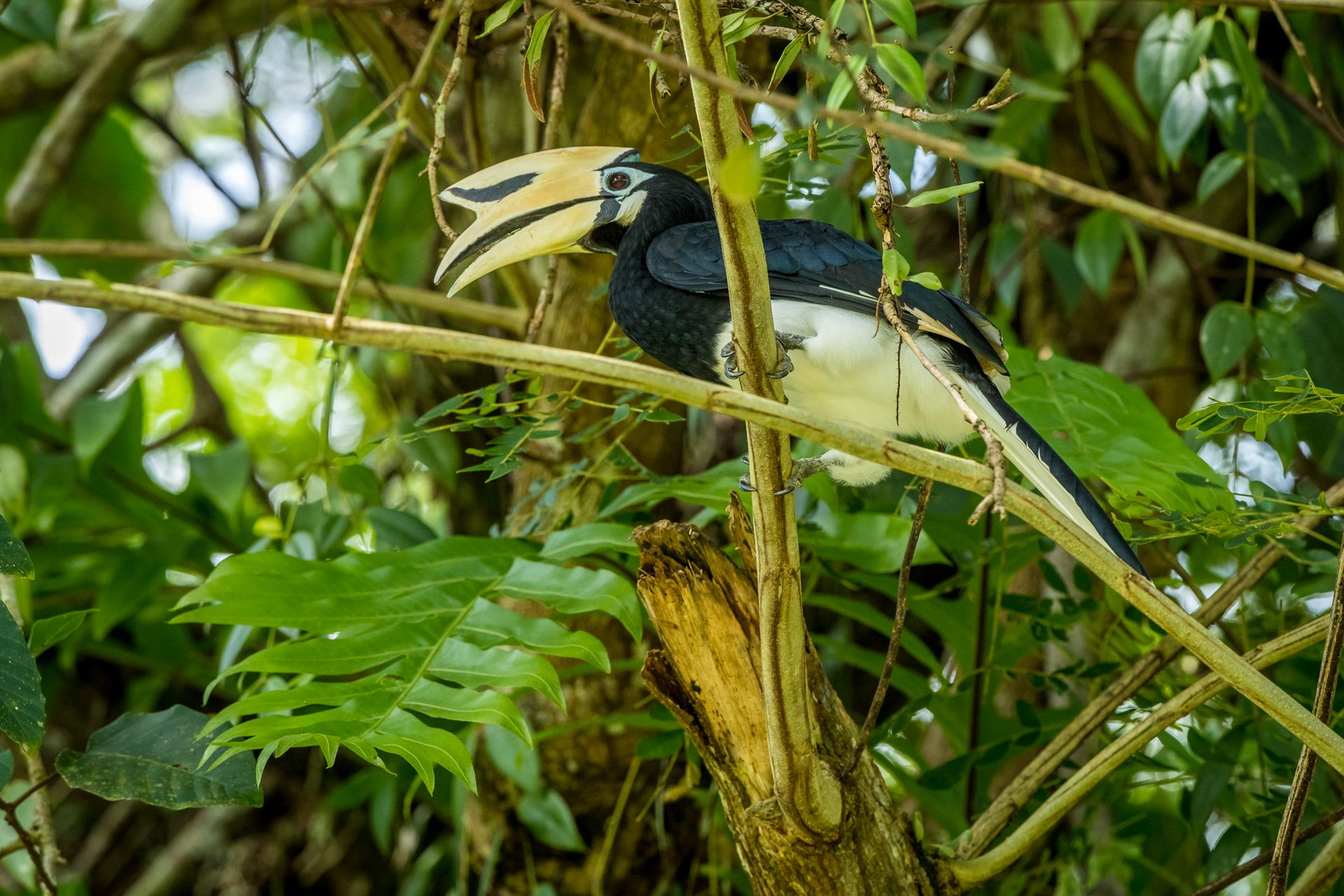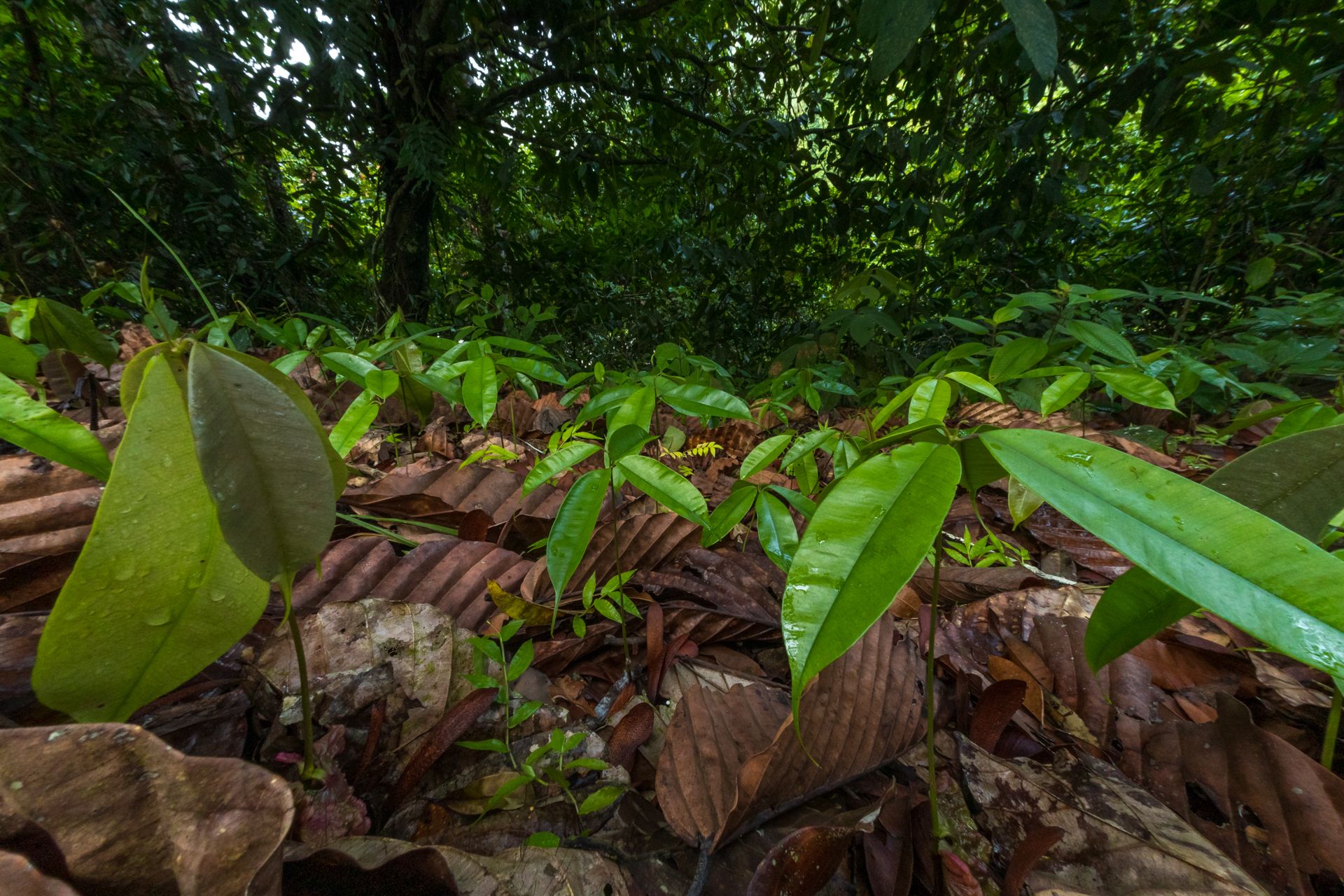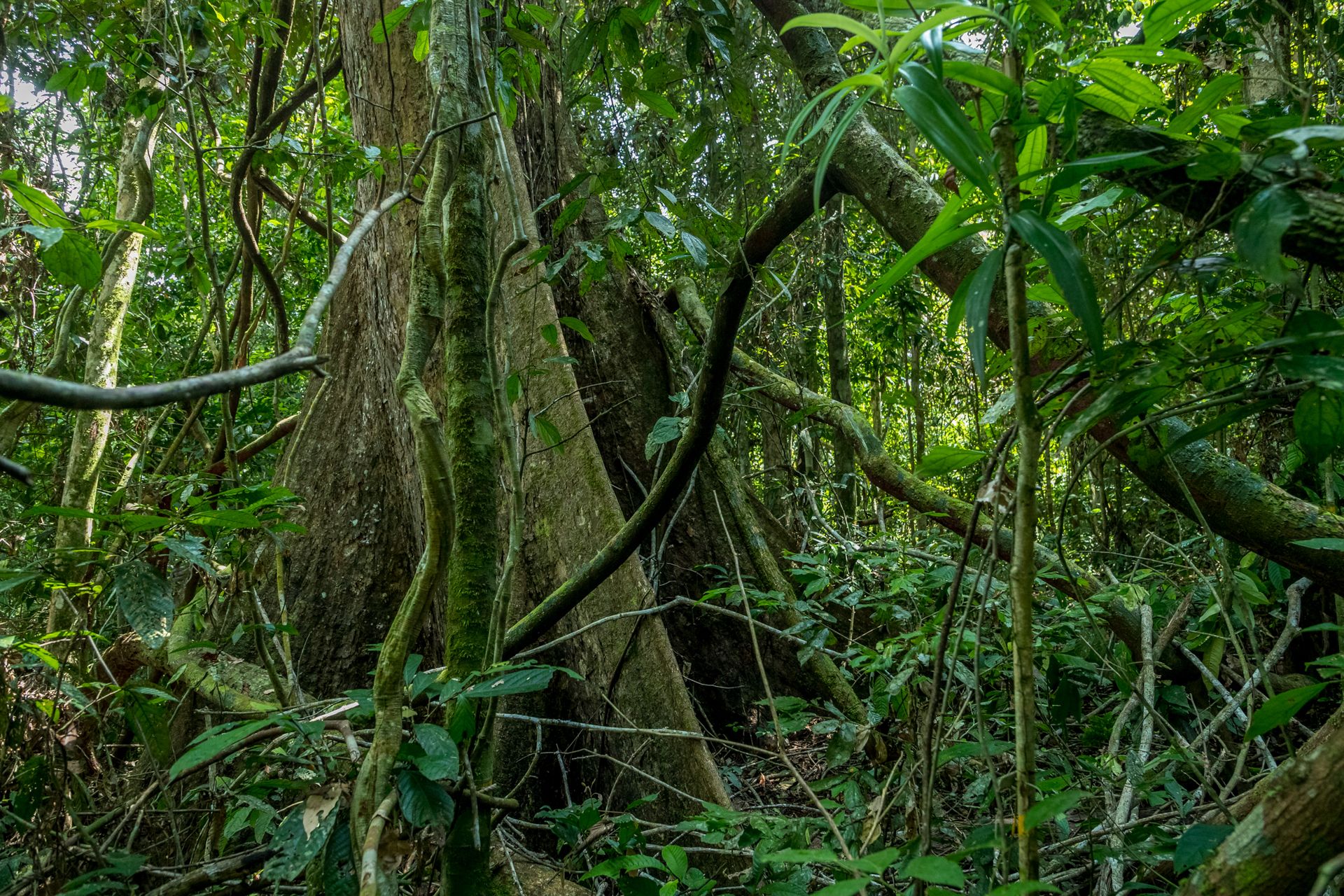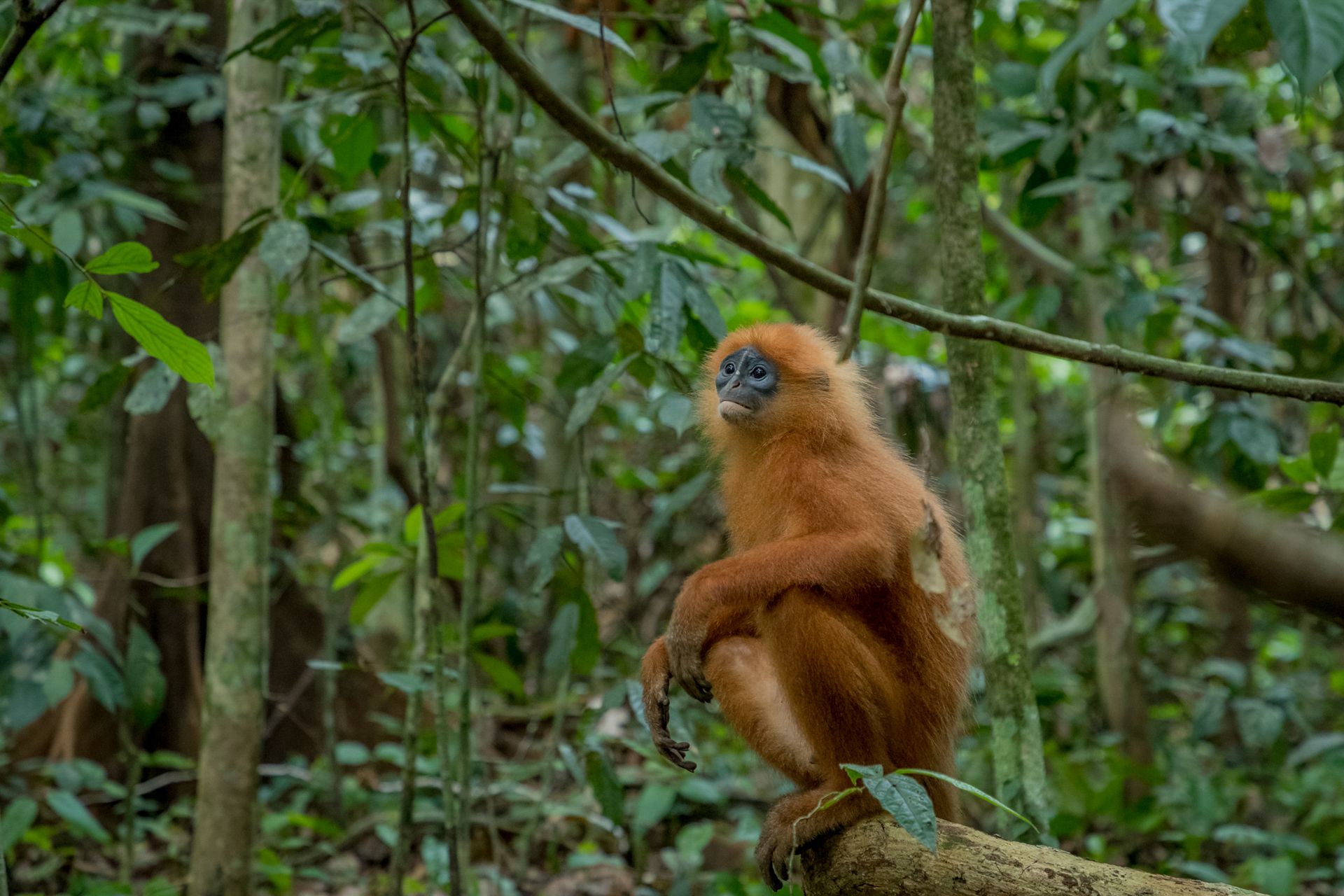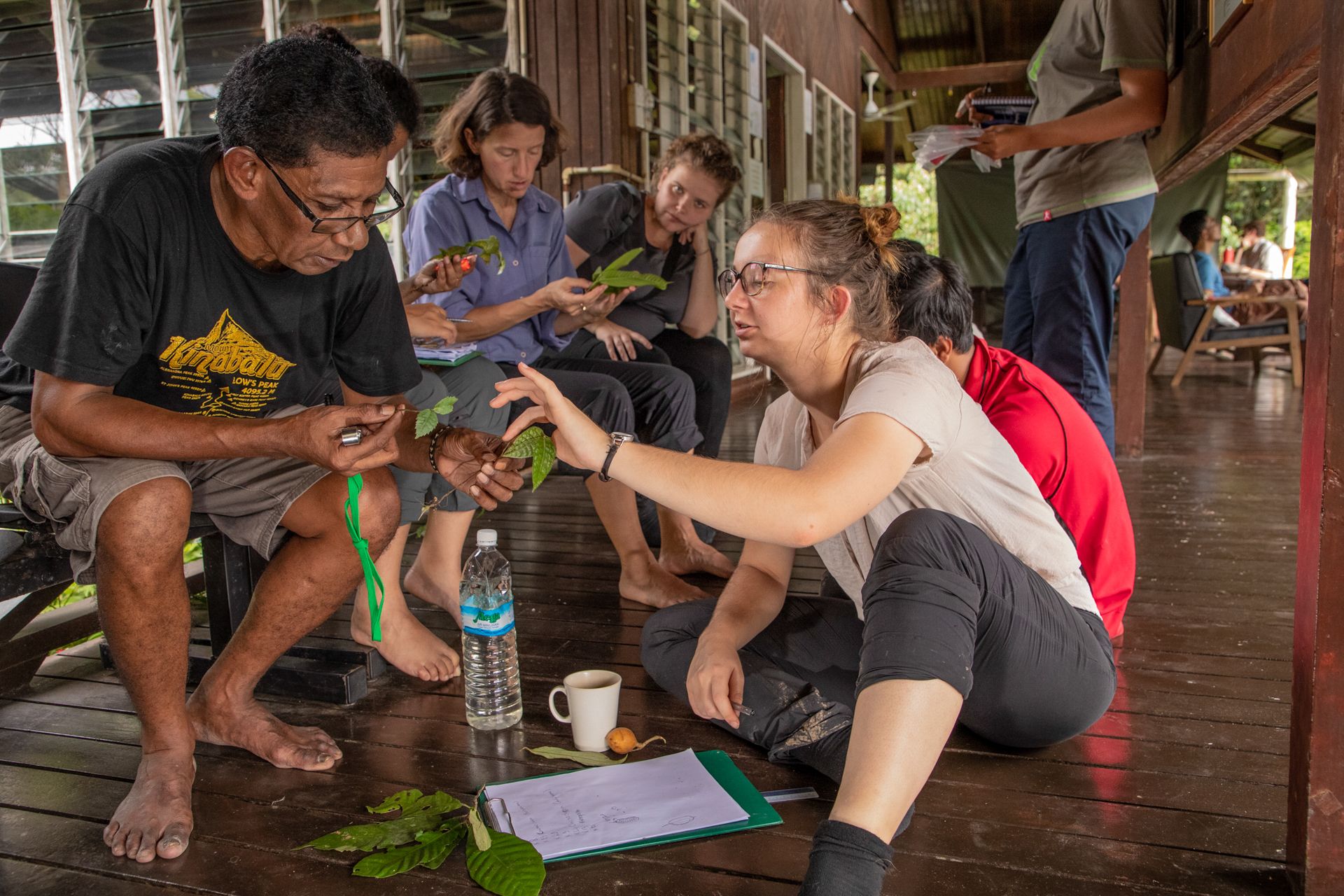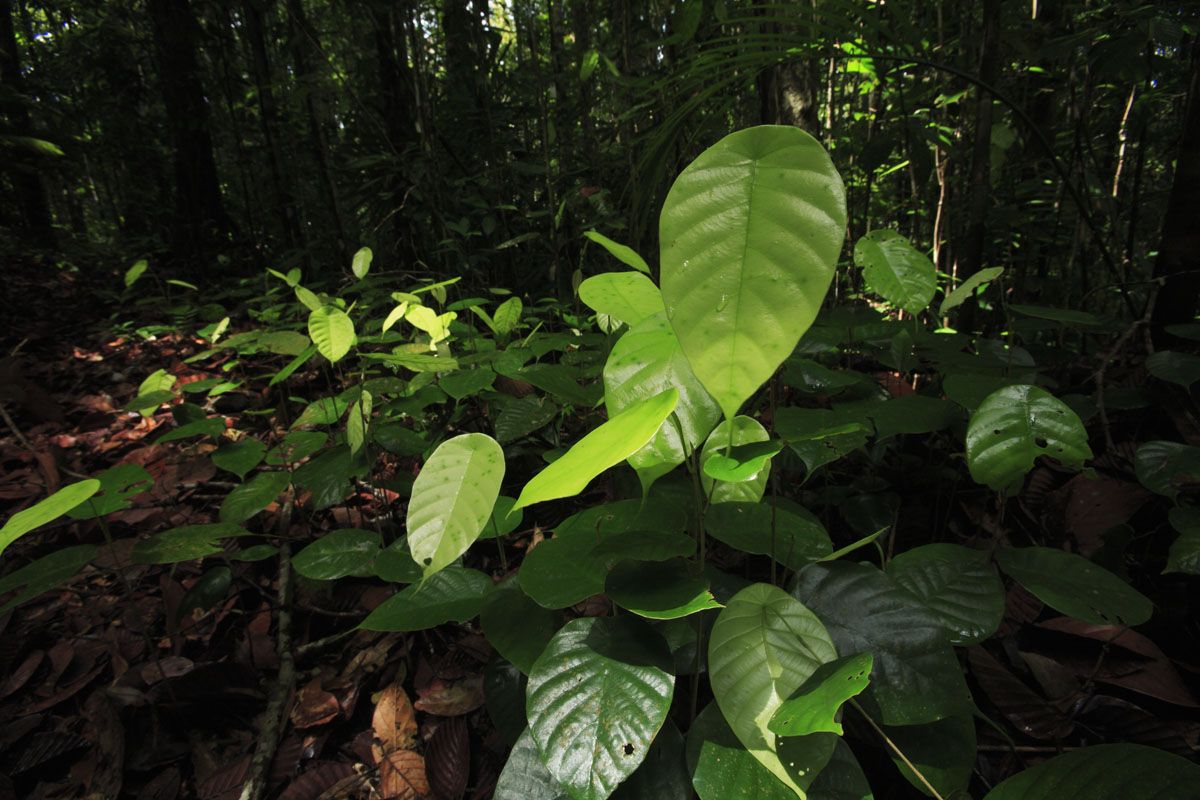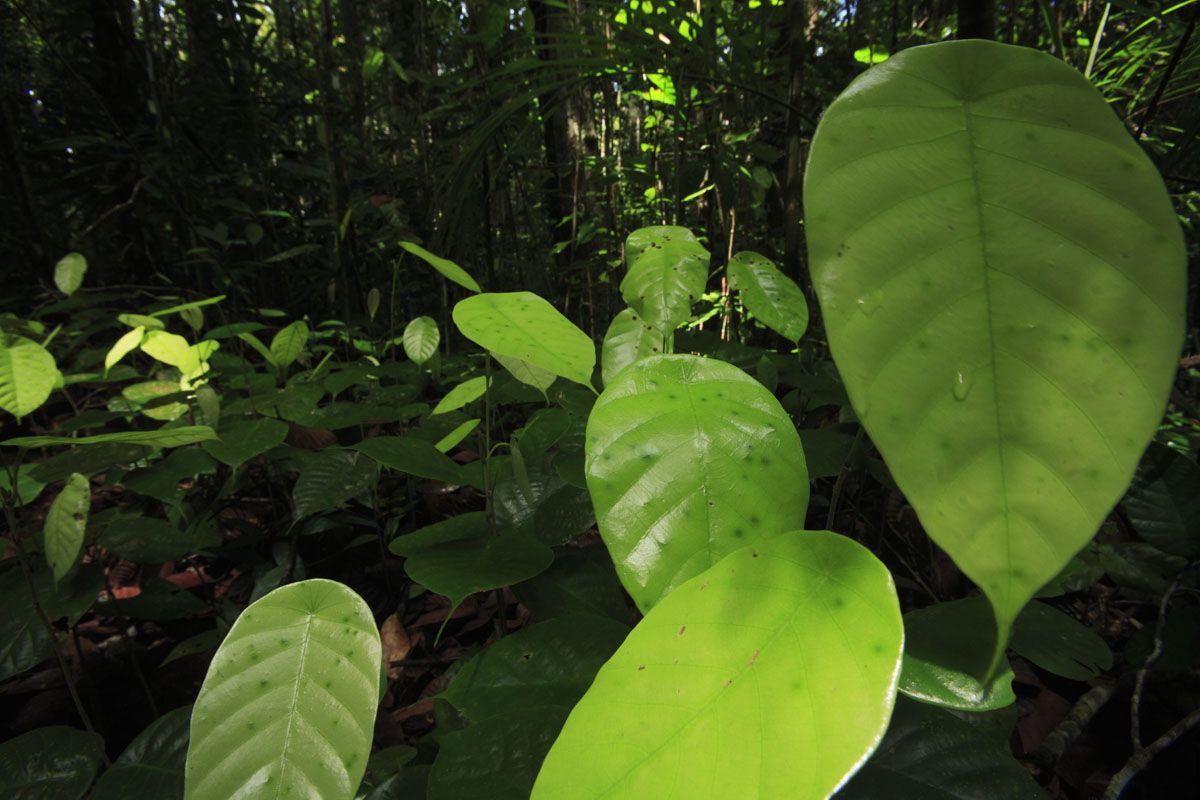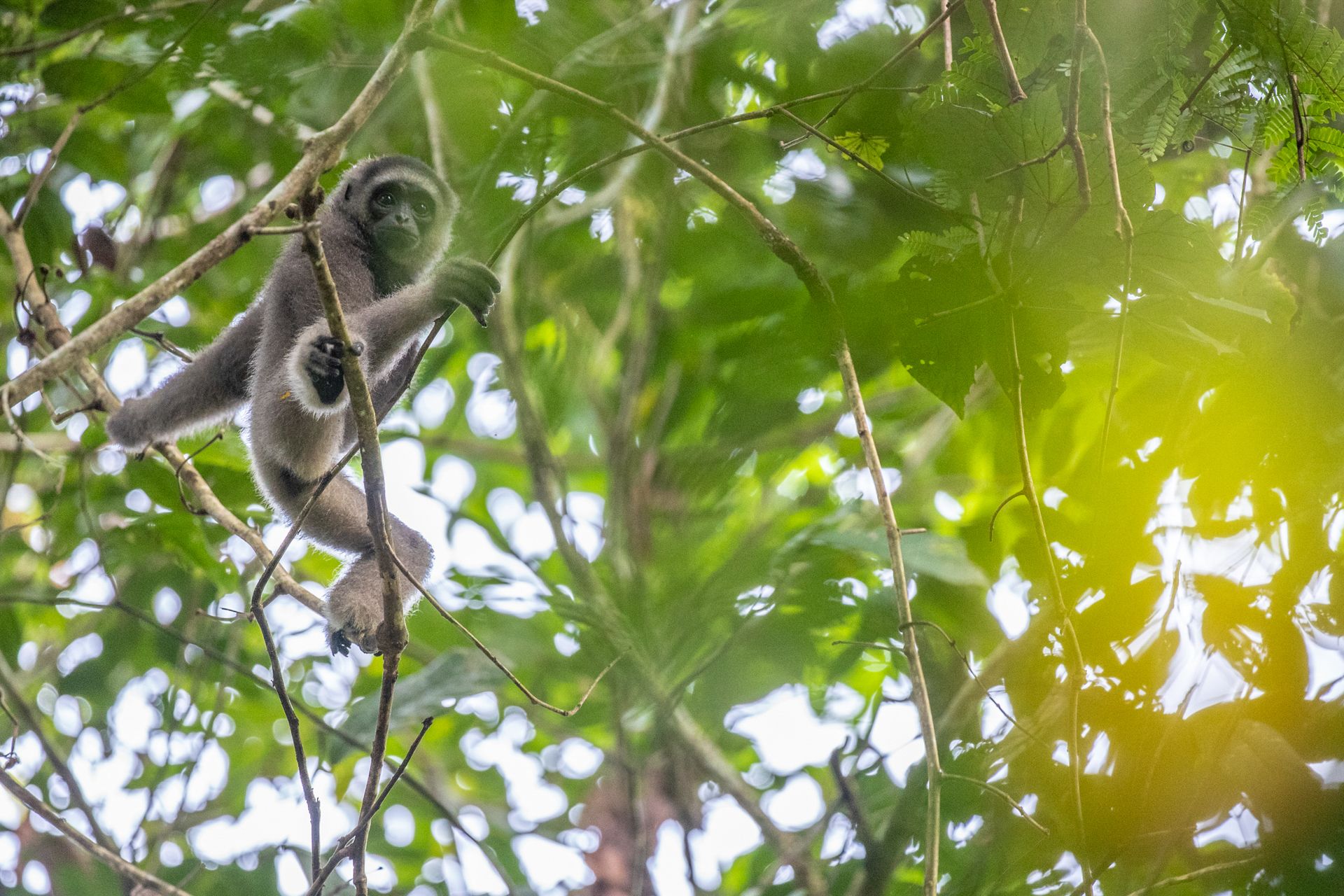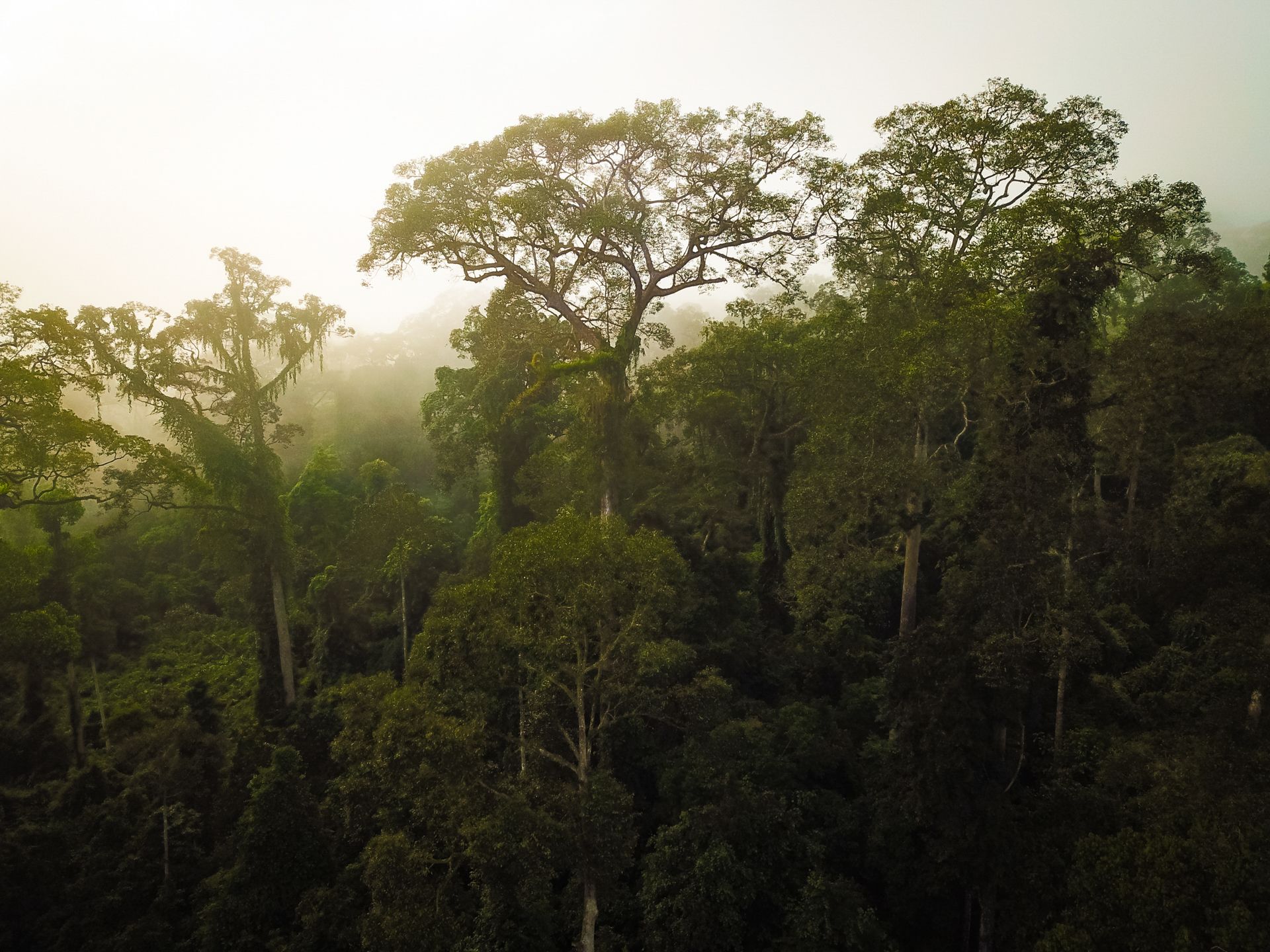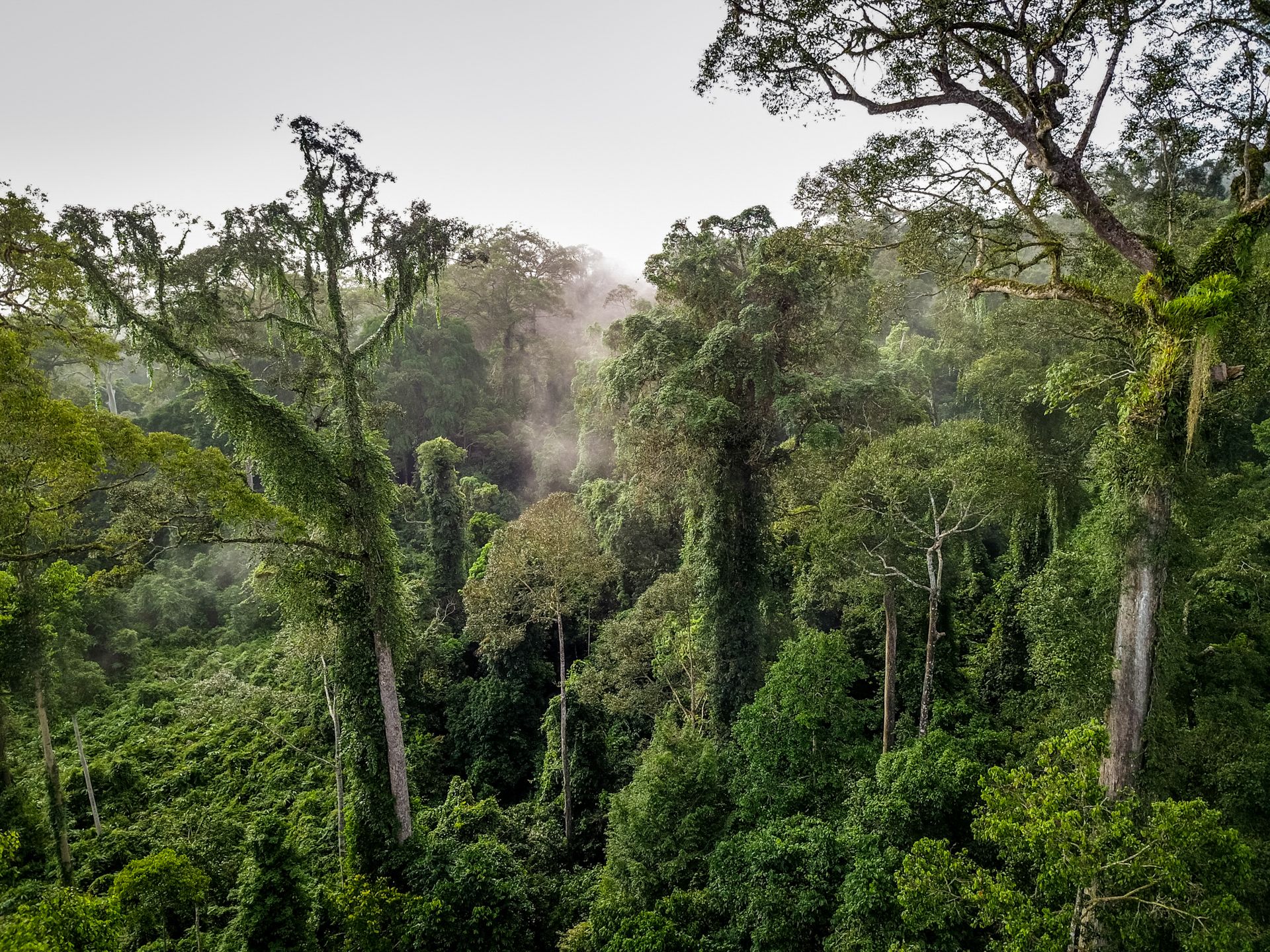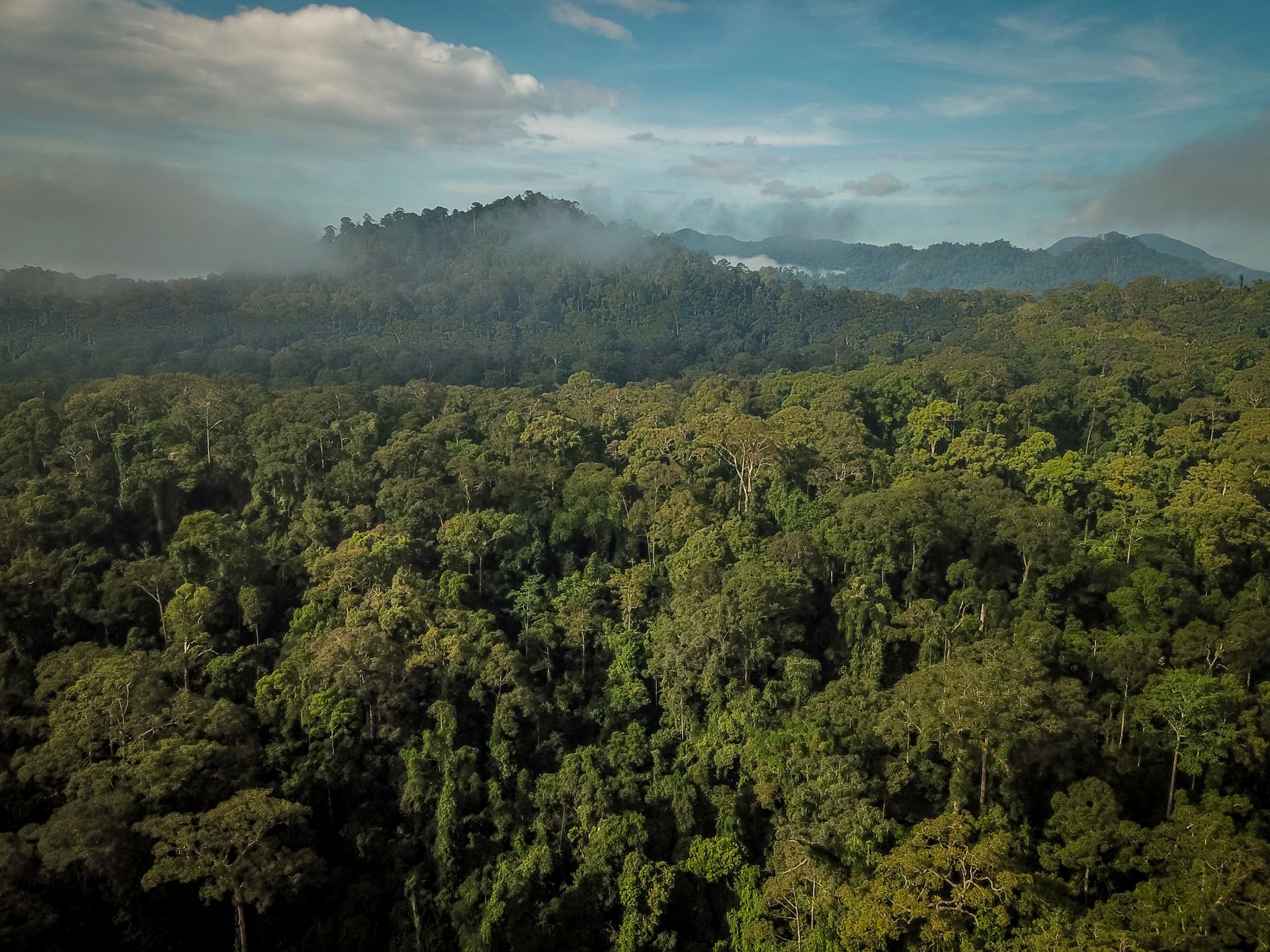BORNEO – Mast fruiting – a forest in fruit
While many animals eat fruit and disperse the seeds in their feces, others feed on the seeds themselves. Rodents and wild pigs, in particular, love to feast on palm nuts and the large seeds of some canopy trees. However, in Southeast Asia the forests have evolved a strategy to enable some seeds to escape. Here, the trees produce no seeds for years, deliberately starving the seed predators. Then, in a single year, hundreds of forest tree species simultaneously produce huge crops of fruits, satiating the seed eaters so that some seeds survive to grow into seedlings and eventually adult palms or trees. These fruiting events are called “mastings” and typical occur only every 7-10 years in association with rare climatic triggers, such as severe drought or low night-time temperatures.
Recent reports from Borneo, including reliable sources at Danum Valley Conservation Area and the Sepilok Forest Reserve have conveyed that a general flowering is underway, and a mast fruiting event will follow in the period September to November 2019, that is predicted to be the largest in decades. The last mast fruiting event in Sabah, Malaysia, took place in 2010, but the rarity and episodic nature of tree reproduction in Southeast Asian forests makes it very difficult to plan field expeditions to photograph this natural phenomenon. I aim
